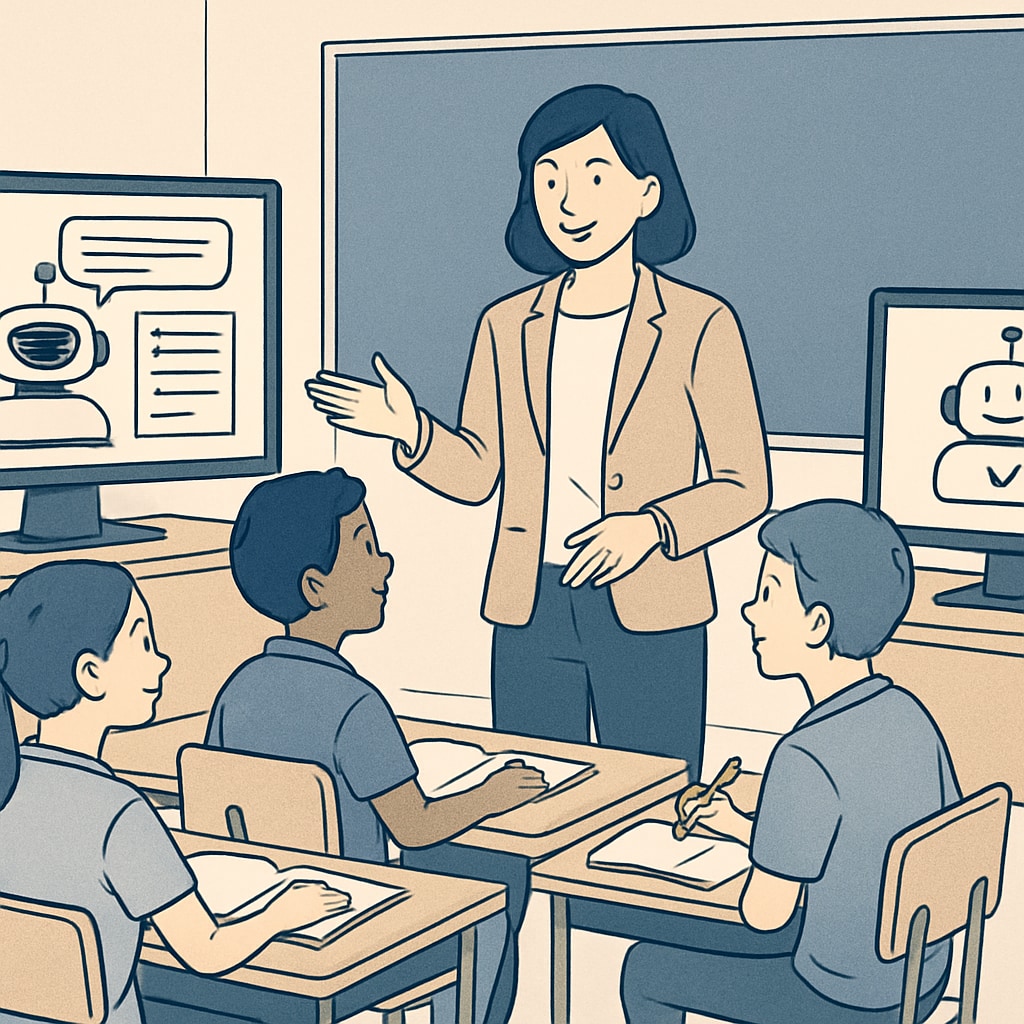Artificial intelligence (AI) is rapidly revolutionizing school education, and its future impact on K12 classrooms is impossible to ignore. From personalized learning to transforming teacher roles, AI presents opportunities that could redefine the very fabric of education. This article explores five key ways artificial intelligence will shape schools in the next 5-10 years, helping educators and parents prepare for the inevitable transformation.
1. Personalized Learning: Tailored Education for Every Student
One of the most significant changes AI is introducing to education is personalized learning. AI-powered algorithms can analyze individual student data, such as performance, learning styles, and preferences, to create customized lesson plans. For example, platforms like Khan Academy already use AI to adapt content to each student’s pace.
In the future, these systems will become even more sophisticated, allowing educators to address diverse needs more effectively. This ensures students who struggle with certain subjects receive targeted interventions, while advanced learners can explore more challenging content.

2. Redefining the Role of Teachers
AI will not replace teachers but rather redefine their roles. Instead of spending hours on repetitive tasks like grading or creating lesson plans, educators can focus on mentoring and fostering critical thinking skills. AI tools will automate administrative burdens, freeing teachers to engage more deeply with students.
For example, virtual teaching assistants can handle routine queries, allowing teachers to dedicate their time to complex educational challenges. As a result, the role of teachers will shift from being knowledge deliverers to facilitators of learning experiences.

3. Innovative Assessment Methods
Traditional exams might soon become obsolete. AI has the potential to revolutionize assessments by using real-time data to evaluate student progress. Instead of relying solely on standardized tests, AI can track a student’s growth through continuous monitoring and adaptive assessments.
For example, systems like EdTech platforms can analyze how students solve problems, identifying not just the correctness of their answers but also their thought processes. This approach provides more holistic insights into student learning, promoting growth over grades.
4. Bridging Educational Inequities
Access to quality education remains a challenge worldwide, but AI could help bridge these gaps. Through online platforms and AI-driven tools, students in underserved communities can access the same resources as their peers in well-funded schools. For example, adaptive learning apps can ensure that students in remote areas receive personalized instruction tailored to their needs.
AI could also translate educational materials into multiple languages, making resources globally accessible and inclusive.
5. Preparing Students for an AI-Driven Future
As AI continues to impact industries across the globe, schools must prepare students to thrive in an AI-driven world. This means integrating AI literacy into curriculums, teaching children how these technologies work, and encouraging ethical discussions about their usage.
By fostering digital skills and critical thinking, schools can ensure that the next generation is ready to navigate a future where AI plays a central role in both personal and professional contexts.
In conclusion, AI is poised to reshape K12 education in profound ways, from personalized learning and teacher roles to innovative assessments and greater accessibility. For educators and parents, understanding these changes is crucial to preparing children for a rapidly evolving educational landscape. The future classroom promises to be a dynamic, inclusive, and technology-driven space where every student has the opportunity to thrive.
Readability guidance: This article uses short paragraphs, clear subheadings, and lists to ensure accessibility. Active voice is prioritized, with limited passive constructions. Transitions such as “for example,” “in addition,” and “as a result” improve flow and coherence.


